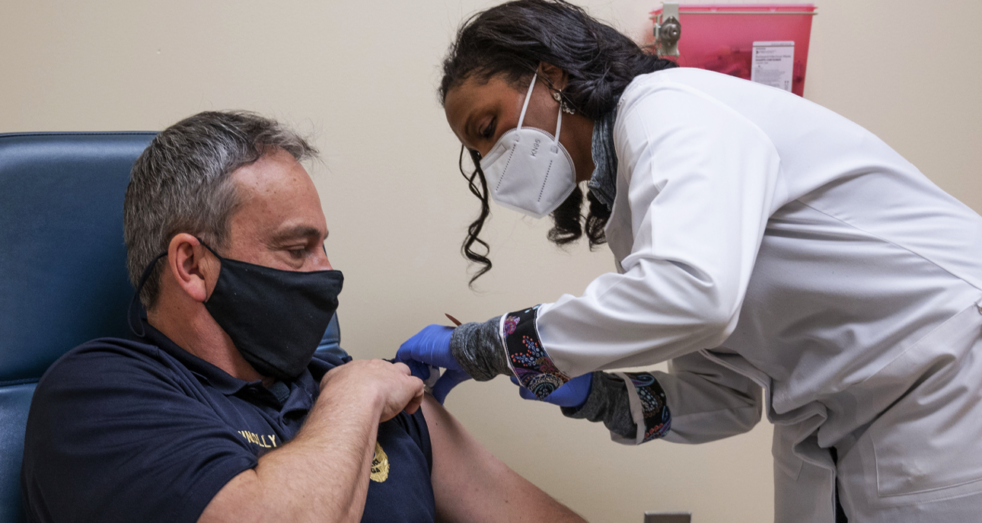Ever since Operation Warp Speed successfully developed and distributed the COVID-19 vaccine in December of 2020, federal and state governments alike have been pushing rollout in order to expand eligibility as soon as possible. The Advisory Committee on Immunization Practices, or ACIP, is a group of health experts that makes recommendations for vaccines and how they are used and distributed. Throughout Operation Warp Speed and into 2021, the ACIP and the Food and Drug Administration have been active in determining which groups should be eligible for the vaccine first.
The ACIP and FDA approved the Pfizer and Moderna vaccines in December of 2020. The ACIP recommended that for Phase 1a of vaccination, frontline healthcare workers and those living in long-term care should receive the vaccine first. Phase 1b extended this to those over the age of 75 and frontline essential workers. Phase 1c then extended to those between the ages of 65 and 74, those over the age of 16 who are considered high risk, and more essential workers who were not included in Phase 1b. Phase 2 extended eligibility to all who are over the age of 16 that had not received the vaccine yet.
These recommendations guided each state as they began their individual vaccine rollouts. As supply increased, states were able to distribute millions of vaccines in just a few months. The Georgia Department of Public Health announced that Phase 2 would begin in the state on March 25, a pace similar to most other states that were able to expand eligibility to those over the age of 16 by late March and through the end of April. The Pfizer vaccine was the only one approved for use in 16 and 17 year olds.
Expanding eligibility presented many challenges during the spring. Mass rushes to receive the vaccine made supply dwindle, making those in areas with a limited amount of vaccination sites unable to receive one. Finding enough healthcare workers to administer the vaccine was also a challenge. Distrust and uncertainty in the vaccine, whether fostered from partisan politics, the quick timeline of the vaccine’s development, or existing anti-vaccination attitudes, has also made it difficult to get some of the population vaccinated.
The aftermath of universal eligibility has also created new problems. After the CDC announced that people who are fully vaccinated no longer need to wear masks, many COVID-era guidelines in public places are much harder to enforce. Businesses requiring masks and social distancing only for those who are not vaccinated is a difficult feat in most public places. Some businesses and governments have begun incentivizing vaccinations with prizes or free offers.
Eligibility for the Pfizer vaccine was once again expanded on May 10 by the FDA, making those between the age of 12 and 15 the newest population able to be vaccinated.
Moderna is said to be seeking FDA approval for those between the ages of 12 and 17 in the month of June.
